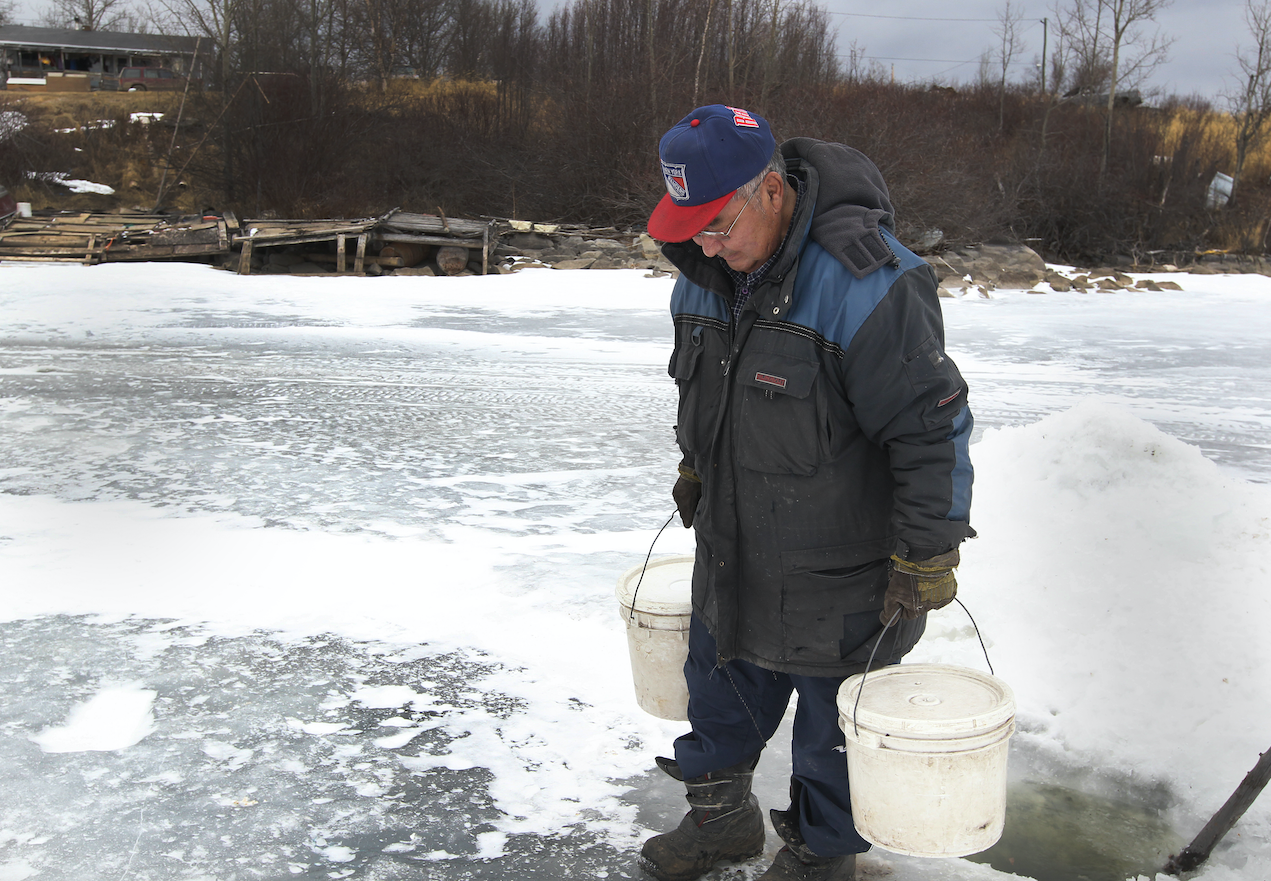New research from the School of Public Health at the University of Saskatchewan shows that research on drinking water and health outcomes in Indigenous communities in Canada is limited and has occurred on an opportunistic basis.
Drs. Lori Bradford, Lalita Bharadwaj, Udoka Okpalauwaekwe, and Cheryl Waldner assert that there is a need for more research, funding, and inquiry to inform policy decisions for improvements of water quality and health-related outcomes in Indigenous communities.
Dr. Bharadwaj said, “We need to start linking health impacts-effects at all levels of the multi-barrier approach (MBA) to safe drinking water. This includes a refined definition of health from an indigenous perspective and what water quality, quantity mean to the people in the community in relation to health and well-being.”
She added,”If you look at the situation overtime nothing has really changed in relation to the decisions and strategies put in place thus far. So I think that research is needed to better inform decisions makers to the complexity of the issues and that a one size fits all strategy/decision of improvement will not meet the needs of all communities or address the related drinking water issues.”
The research team conducted a scoping review to identify peer-reviewed literature that examined challenges related to drinking water and health in Indigenous communities in Canada. Key search terms were developed and mapped on five bibliographic databases and online searches for grey literature using relevant government websites were completed.
“I think the biggest surprise is a large study (cross-sectional or cohort) where a link between water quality and supply has yet to be undertaken, given the resources that have been used to resolve the issue. This may be difficult to perform due to the mistrust of Indigenous people and scientific research, but if some good strong partnerships and community-based research could be implemented it could provide some better information on this link between drinking water and health.”

Irregular funding, remote locations, ethical approval processes, small sample sizes, and missing data were all commonly identified challenges pertaining to this line of research.
The study recommended a coordinated network looking at First Nations water and health outcomes be established and a database to store and create access to research findings be developed. They also suggest that increased funding and time frames for funding, and more decolonizing and community-based participatory research aimed at understanding the relationship between drinking water quality and health outcomes in First Nations communities in Canada are needed.
“I would like to see all parties involved in governing and managing First Nations water use this research (the Minister of Indigenous and Northern Affairs, Chief and Council, Health Canada and Environment Canada). I believe more site specific (regionally based within a Tribal Council or watershed region or provincial region) information is needed to better inform decisions to improve drinking water supply through the Multi-Barrier Approach. It is imperative also to have input from Health Directors or Health Regions to inform some of the other agencies of on the ground impacts to health and well being.”
Nearly on-third of Indigenous communities in Canada live with high-risk drinking water systems (as reported by the Globe and Mail), and as of Nov. 30, 130 drinking water advisories were reported in 85 Indigenous communities. The 2016 federal budget allocated $1.8 billion for First Nations water infrastructure between now and 2021.
Published in the International Journal of Circumpolar Health, the study can be accessed online.













